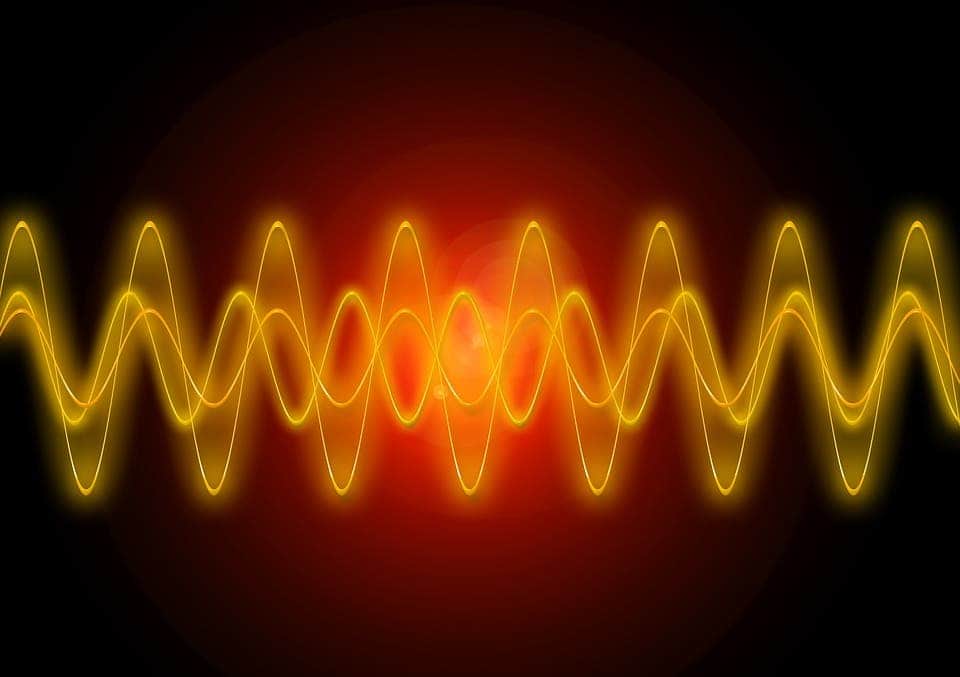
In a surprising new study, scientists claim that sound waves could theoretically carry mass, which implies that they’re also affected by gravity.
“You would expect classical physics results like this one to have been known for a long time by now,” Angelo Esposito from Columbia University, the lead author on the paper, told Scientific American. “It’s something we stumbled upon almost by chance.”
Previously, researchers at Columbia University and Carnegie Mellon University showed that phonons could have mass in a superfluid — a liquid that flows without friction. Phonons are particle-like excitations which correspond to collective oscillations of atoms inside a molecule or a crystal.
It’s easier to understand phonons in relation to their cousins, the much more famous photons. We know from Newtonian physics that atoms and molecules vibrate away from their equilibrium positions, a motion that we recognize as heat. Basically, the more the atomic lattice vibrates, the higher the temperature. But this classical view doesn’t offer the full picture unless we also include quantum mechanics — the physics of the microscopic world.
‘Quantum’ refers to the smallest indivisible unit to things. For instance, a quantum of light is a photon — the smallest amount of light there is. Similarly, when you apply quantum mechanics to a lattice structure, there’s a ‘smallest packet of lattice vibration’ called a phonon.
The word phonon is derived from ‘phonos’, which is greek for sound. This is because long-wavelength phonons can be interpreted as single waves of sound propagating through the lattice.
In their new study, Esposito and colleagues used approximations known as effective field theory to show that phonon could not only have mass in a superfluid, but in other types of materials as well, including room-temperature liquids and solids; even in air, the primary medium through which sound waves propagate.
The study not only contradicts that popular notion that phonons are massless, but also suggests that they carry negative mass. Something with negative mass also implies negative gravity, which means it would repel other matter around it. Likewise, if you’d push an object with negative mass, it would accelerate towards you. Phonons having negative mass implies that their trajectory would gradually move away from a gravitational field such as that of the Earth. For water, the researchers calculated that phonons traveling through such a medium would drift by about one degree over 15 kilometers, which makes it extremely challenging to measure.
“In a gravitational field phonons slowly accelerate in the opposite direction that you would expect, say, a brick to fall,” Rafael Krichevsky, a graduate student in physics at Columbia University, told Live Science.
Hover, this mass is extremely tiny — comparable with a hydrogen atom, about 10–24 grams. This is another measuring challenge, although it is still theoretically possible to do. According to the researchers, we do not currently have the necessary technology to measure the mass of phonons. However, they envision an experimental setup where super-precise clocks would detect the slight curvature of a phonon’s path.
Although sound waves carrying mass will not influence our daily lives, the notion carries certain important practical implications in science. For instance, in the dense cores of neutron stars, sound waves move at nearly the speed of light — that’s a lot of energy, meaning that an anti-gravitational sound wave should pose significant effects on the star’s behavior.
The findings appeared in the journal Physical Review Letters.






